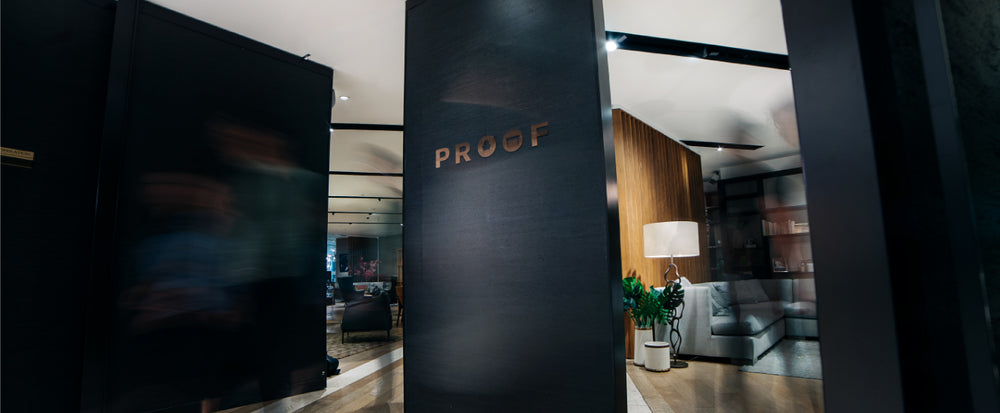Walk into a room bathed in cozy, inviting light and you’ll feel instantly at ease. Walk into the same room buzzing with harsh fluorescents, and your teeth may start to grind.
When designing a space, lighting needs to be addressed as soon as the space itself, and how it will be used, are defined.
For example, if it’s an office space you are designing, “office lighting should encourage alertness and productivity,” said Rebecca Hadley, manager of Eaton’s SOURCE lighting education center. It also helps to “incorporate controls that allow for changes throughout the day. Ideally, you’d have the ability to adjust the intensity of your lighting with a dimmer switch.”
When lighting for a home, the purpose of each room comes into play. The kitchen, a work space, demands brighter, high CRI (color accurate) light while the living room calls for more mellow, warmer lighting.
The entrance of your home should welcome guests, creating a smooth transition from the bright daylight to your home’s interior lighting. At night, the lighting should ease the visitor from the dark outdoors into a warm interior light that will not overload their senses and help them relax. Before bed, lighting should be lowered to promote “winding down” but remain bright enough so that you can navigate your home safely.
Natural lighting can have a similar impact when incorporated in a home’s lighting plan. Beyond energy savings, exposure to natural light improves mood and can help make falling asleep easier. Spending your day in areas that are enhanced by natural light can improve the function of your circadian rhythm, which can increase your happiness and energy levels. Exposing yourself to too much blue light from electronics in the evening is directly associated with the opposite effect.




